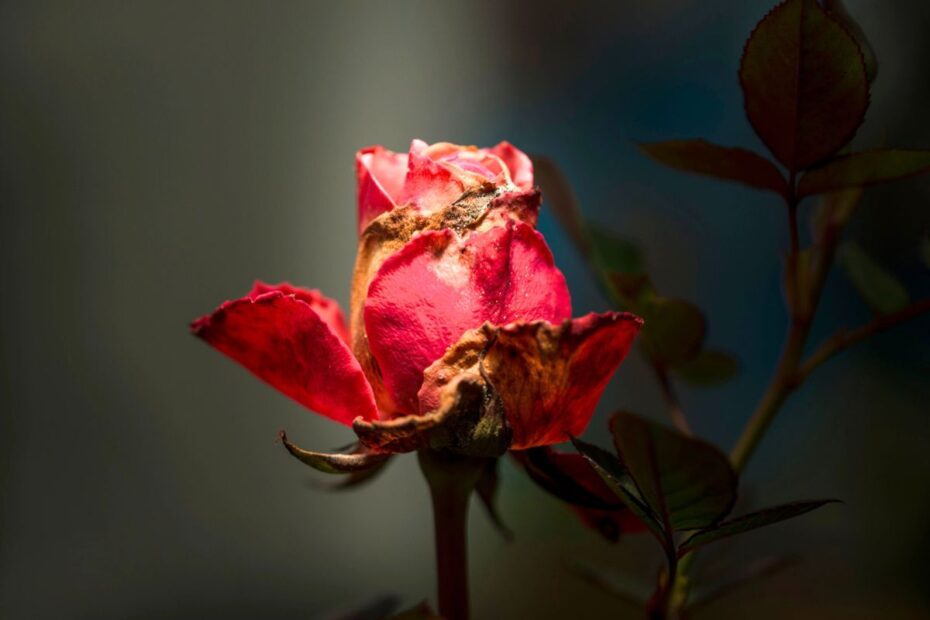If you’re a gardener, you probably know the satisfaction of snipping off wilted blooms to keep your beds looking neat. But here’s the surprising twist: cutting faded flowers—especially in the evening—might actually be doing more harm than good. Beyond appearances, those drooping petals and dried stems play a bigger role in your garden than you might think.
Wilted flowers are more useful than they look
It’s tempting to see wilted blooms as untidy or lifeless, but in reality, they’re little ecosystems in disguise. Birds such as goldfinches and chickadees feast on the seeds left behind in dried flower heads, giving them vital energy for the winter months.
And it’s not just the birds. Pollinators often rely on the hollow stems and dried leaves of spent flowers for shelter. Bees, for instance, may even lay their eggs inside them. By allowing plants like coneflowers, asters, or cosmos to fade naturally, you’re providing safe havens for an entire community of wildlife.
Why cutting too soon hurts biodiversity
When you make a habit of removing every wilted bloom, you’re essentially stripping away food and shelter for the creatures that depend on them. This creates a ripple effect: fewer pollinators, fewer seed-eaters, and ultimately a less resilient garden.
A garden that looks “perfect” might, ironically, be less alive. Many of the species you inadvertently chase away—bees, birds, and even certain insects—help keep pest populations under control. In other words, keeping things a little “wild” works in your favor.
And there’s another bonus. In fall and winter, those dried stalks protect plant roots from frost, and when touched by snow or morning frost, they can actually create striking natural beauty in your garden.
How to make your garden a haven for life
Leaving a few wilted flowers is just one piece of the puzzle. You can do even more to turn your space into a mini wildlife refuge:
-
Plant a variety of species to attract different pollinators.
-
Leave some areas of your garden less manicured for small animals to hide in.
-
Add a water source, even a shallow dish, to help insects and birds stay hydrated during hot weather.
-
Avoid pesticides, which are harmful to many creatures you actually want in your garden.
By taking these steps—and resisting the urge to over-prune—you’ll see your garden transform into a buzzing, fluttering, living landscape.
A garden that thrives beyond appearances
Yes, wilted flowers may look messy to us, but to nature, they’re treasure troves of food and shelter. By letting them be, you’re not neglecting your garden—you’re enriching it. So next time you reach for the clippers at dusk, pause and remember: a little imperfection might just be the secret to a healthier, more vibrant ecosystem right in your backyard.
